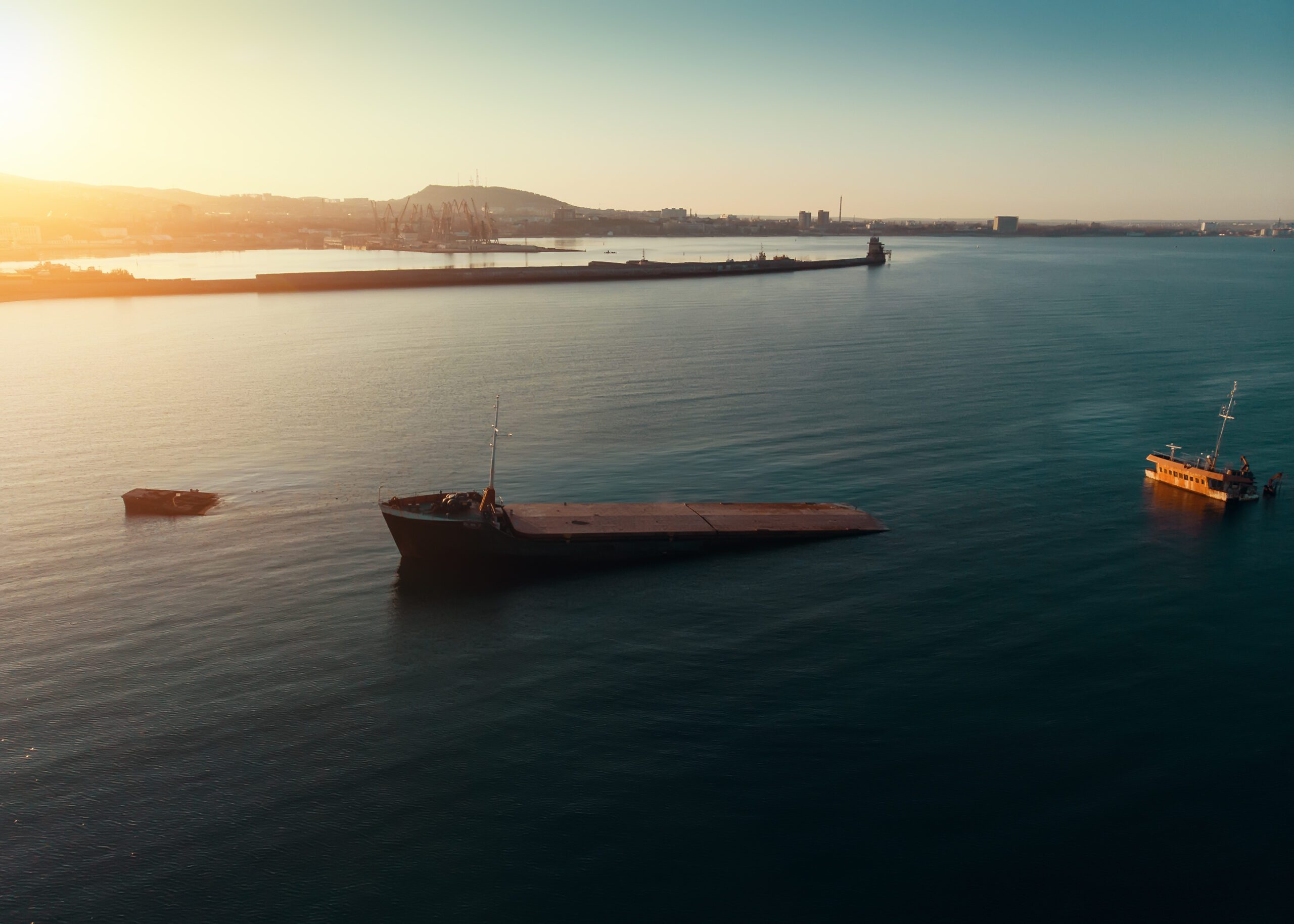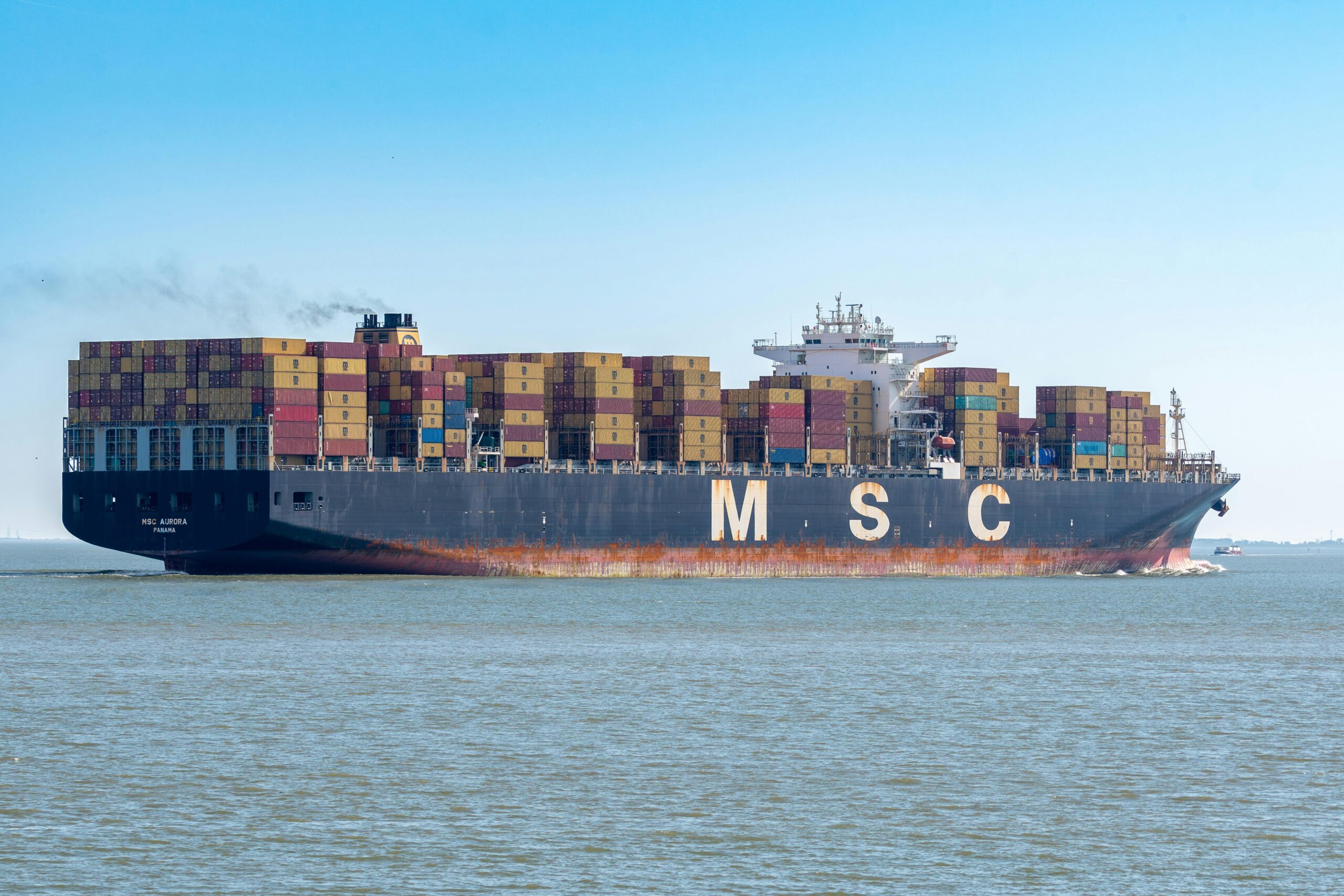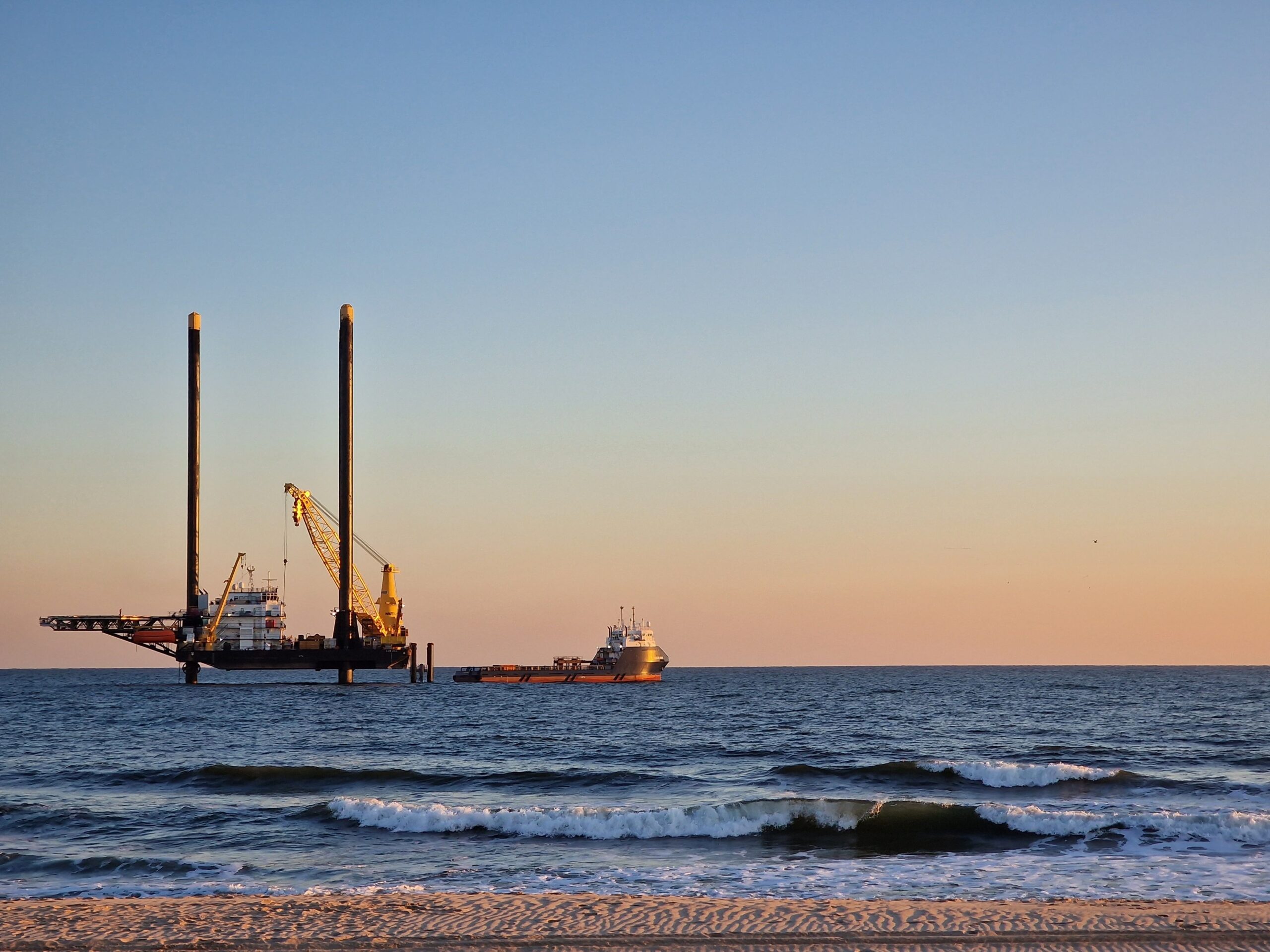Across centuries, despite massive advancements in technology, weather forecasting, and safety regulations, maritime disasters continue to injure crews, claim lives, and threaten the environment.
We’re here to consider why.
While the nature of maritime and offshore work is inherently risky, it’s evident that many of these risks are amplified by an industry that often fails to take its past mistakes to heart. Time and again, maritime employers and oil companies have demonstrated concerning amnesia, allowing history to repeat itself.
Maritime disasters, from the explosion of the Piper Alpha in 1988 to the loss of the El Faro in 2015, have highlighted the industry’s most glaring issues and have even spurred legislation and other attempts to improve safety. However, the maritime and offshore oil and gas sectors are still falling short.
When you dissect the causes of these disasters, patterns emerge.
The same issues crop up repeatedly, painting a picture of an industry stuck in a rut of its own making.
History is rich with lessons, yet the maritime industry seems to skim rather than study. As we dive into this issue, our goal isn’t to point fingers but to highlight the urgent need for change. After all, in a world of cutting-edge tech and accumulated knowledge, there’s no reason for the same tragedies to continue.
4 Major Maritime Disasters & Why They Happened
Worldwide, our navigable waters—from inland routes to vast oceans—are pivotal for trade, energy exploration, and recreation. While our historical connection to the sea is deep-rooted, so is the legacy of maritime accidents.
In the days of early navigation, challenges like unpredictable weather and piracy were the norm. Today, in an age of technology and progress, we’d expect maritime safety to be a given.
Yet, four major maritime disasters in recent decades tell a different story.
Piper Alpha (1988)
The Piper Alpha disaster occurred on July 6, 1988, in the North Sea, off the coast of Aberdeen, Scotland. It remains one of the deadliest offshore oil rig accidents in history. Of the 226 workers on the Piper Alpha that day, 167 lost their lives, and many more were injured when the platform exploded and sank.
This incident’s primary causes include:
- Maintenance Procedures: Earlier in the day, a pressure safety valve was removed for routine maintenance, and its opening was temporarily sealed with a metal disc. Due to a series of communication failures, the night crew was unaware of this temporary fix.
- Gas Leak: As production resumed, gas leaked from the temporarily sealed opening. The escaping gas reached ignition sources, leading to an explosion. This initial explosion set off a chain reaction, causing several other blasts and eventually leading to a massive fire.
- Firefighting Systems Failure: The platform’s firewalls were not designed to handle the type of explosion that occurred, allowing the fire to spread rapidly. Additionally, the platform’s automatic firefighting systems had been turned off, and other safety mechanisms failed or were inadequate.
Deepwater Horizon (2010)
The Deepwater Horizon disaster occurred on April 20, 2010, in the Gulf of Mexico. It is one of the largest environmental disasters in history. 11 workers lost their lives when the offshore rig exploded and sank, and the subsequent spill lasted for 87 days, releasing an estimated 134 million gallons of oil into the Gulf.
The incident’s primary causes include:
- Well Blowout: A surge of natural gas blasted through a recently installed cement core. This gas traveled up the rig’s riser to the platform, where it ignited, causing a massive explosion.
- Safety Systems Failures: The rig’s blowout preventer, a last-resort safety device, failed to seal the well.
- Management Failures: Decisions made by BP, Transocean, and Halliburton to cut costs and save time contributed to the disaster.
In 2011, a report from the White House oil spill commission pinpointed the root causes of the Deepwater Horizon explosion. The findings indicated the involved corporations—BP, Halliburton, and Transocean—lacked the necessary safeguards to prevent such a catastrophe. The commission highlighted a pattern where choices seemed to favor time and cost savings at the expense of increasing risks for those on board. Key oversights identified included the absence of a cement bond log to assess cement stability. This lapse led to unchecked, ultimately unstable cement. Furthermore, mud displacement in the riser pipe was overlooked, vital tests were bypassed, and lessons from past errors, which could have averted the disaster, were not adequately heeded.
El Faro (2015)
The El Faro, a U.S. cargo ship owned by TOTE Maritime, sank on October 1, 2015, during Hurricane Joaquin near the Bahamas. All 33 crew members tragically lost their lives after the vessel steamed into the hurricane’s eyewall. The National Transportation Safety Board (NTSB) investigated the incident and released a detailed report on what caused the El Faro to cross the storm’s path and ultimately sink.
The incident’s primary causes include:
- Management & Oversight Failures:
- Ineffective bridge resource management.
- Lack of formal crew training.
- Insufficient tracking of El Faro’s proximity to Hurricane Joaquin.
- The absence of a comprehensive safety management system left the crew ill-equipped to handle emergencies like flooding, propulsion loss, and tilting.
- Vessel’s Seaworthiness & Equipment Concerns:
- Flooding in cargo holds due to open ventilation closures and an open scuttle.
- Damage potentially caused by unsecured vehicles in a hold, affecting crucial systems.
- Use of outdated, open lifeboats.
- Captain’s Decision-Making: Reliance on outdated weather information, insufficient route adjustments, and inadequate response to deck officers’ concerns.
Waymon L. Boyd (2020)
On August 21, 2020, the dredging vessel Waymon L. Boyd caught fire and exploded in the Port of Corpus Christi, Texas, after striking a submerged pipeline. The incident claimed five lives and caused several injuries, along with significant environmental damage due to the release of oil and other pollutants.
The NTSB identified that the primary cause of the accident was shortcomings in Orion Marine Group’s planning and risk assessment procedures. These lapses led them to overlook how close their dredging activities were to the hazardous liquids pipeline, resulting in the dredge’s rotating cutterhead hitting it. Compounding the problem, Schneider Engineering and Consulting provided flawed dredging plans. These inaccuracies further caused Orion to convey incomplete details to pipeline owner Enterprise Products during the coordination.
Uncovering a Persistent, Profits-First Culture
Disasters like the Piper Alpha, Deepwater Horizon, El Faro, and Waymon L. Boyd reveal a disturbing and persistent theme: a profits-first culture in the maritime industry.
Each event, though unique, was marred by significant decision-making blunders, ranging from reliance on outdated weather forecasts to perilously close dredging operations. When combined with recurring equipment failures and communication breakdowns, the severity of these oversights becomes evident.
Why did the El Faro steam into the eyewall of a hurricane?
Why did the Deepwater Horizon’s blowout preventer malfunction?
Why did each of these events, plus countless others, happen in the first place?
Beyond the individual mistakes lies a deeper, systemic issue. Time and again, maritime companies have shown their inclination to prioritize production, efficiency, and cost over safety.
Had BP, Transocean, and Halliburton put safety first, they would not have made the decisions that ultimately led to the Deepwater Horizon explosion. Instead, they would have safeguarded against it.
Had TOTE Maritime taken the time to train its crew and implement proper safety measures, not to mention maintain a seaworthy vessel, the El Faro would not have steamed into Hurricane Joaquin and sunk.
Investigations into every major maritime disaster have revealed critical decisions, acts, or failures that display an insufficient emphasis on safety. The rapid pace of operations, overlooked safety checks, and risky decisions underscore an entrenched culture that too often values expediency over human lives.
Hurricanes will come. Equipment will wear out. Ships will age. None of this is new.
It’s time for the maritime industry to step up, learn from its past, and prioritize the safety of its workers.
###
Arnold & Itkin is the nation’s leader in maritime law. The firm has helped after every major U.S. maritime disaster in the past 20 years, representing individuals and families whose lives have been upended by the negligence and wrongdoing of large corporations. From representing the widows of three El Faro crew members to representing over one-third of the Deepwater Horizon crew, Arnold & Itkin has sought answers and accountability for those who have experienced the worst losses. The firm has won more than $15 billion for the injured and continues to fight for the rights of all maritime workers. No matter what.

 Join The Club
Join The Club











